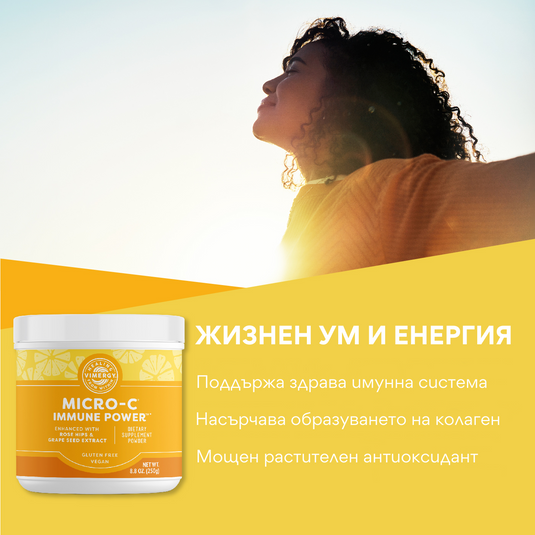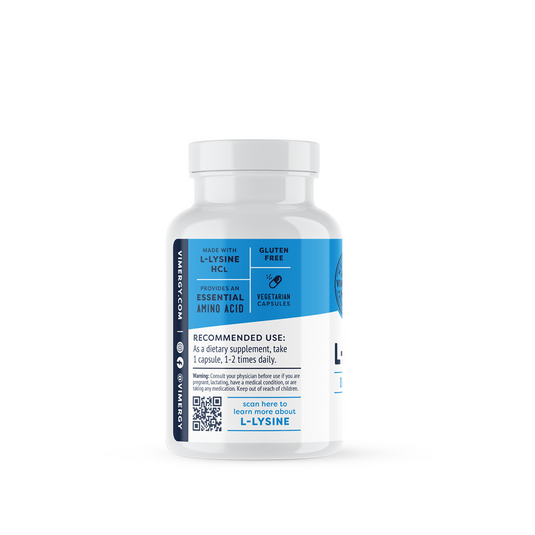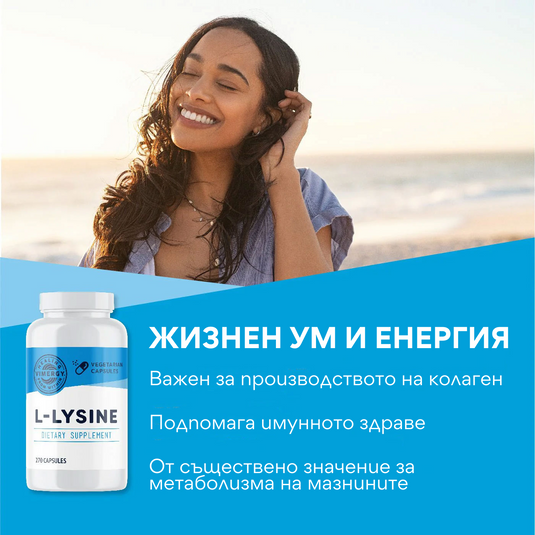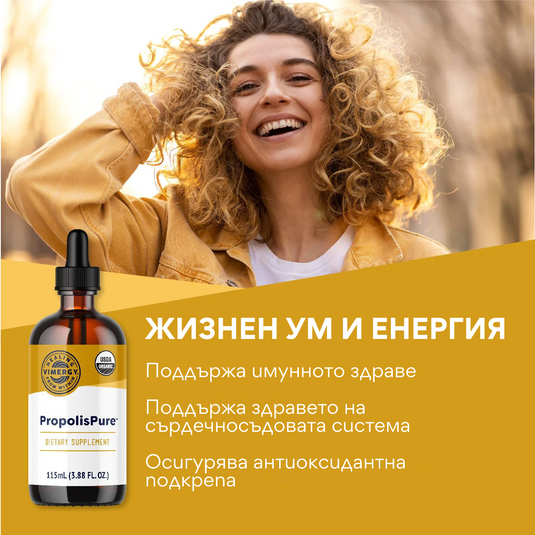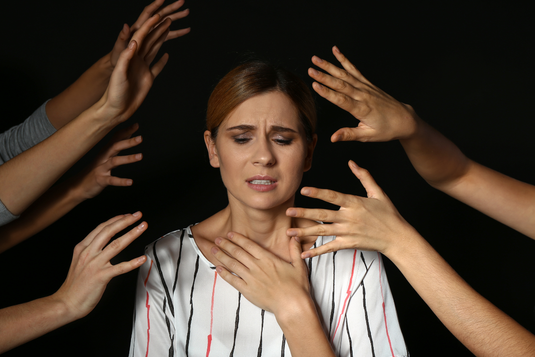In the medical world, shingles seems like a diagnosis that's pretty straightforward. You have a patient with a textbook rash, pain on one side of the face or back, the diagnosis is clear - shingles.
If that were true, there would be no need for this article.
The truth is that the herpes zoster virus is responsible for a host of mysterious symptoms—from rashes that puzzle dermatologists to neurological symptoms like tremors, tingling, burning, spasms, chronic migraines, headaches, and more. Unrecognized varieties of herpes zoster are responsible for conditions like Bell's palsy, frozen shoulder, painful diabetic neuropathy, colitis, vaginal burning, temporomandibular joint syndrome (TMJ), trigeminal neuralgia, sciatica, tooth and gum pain, bruxism (teeth grinding), jaw pain, burning tongue, many cases of Lyme disease, and even misdiagnosed multiple sclerosis .
Shingles is a disease that manifests itself with fever, headache, rash, joint, muscle, and neck pain, sharp nerve pain, burning nerve pain, and other extremely unpleasant symptoms. The earliest strains of shingles appeared in the early 20th century. Medical circles believe that the cause of the disease is the zoster virus, which is from the herpes virus family. And this is actually true, but only partially.
What medical research and science still don’t know is that there is not just one type of herpes zoster virus, but 31 varieties. This is important because different types of herpes zoster cause different symptoms. It is also important because the medical community doesn’t even acknowledge that most cases of shingles are the result of a virus. For example, any of the more aggressive types of herpes zoster can cause symptoms of Lyme disease (including neurological Lyme disease), but doctors still believe that Lyme disease is caused by a bacteria. (For more information on Lyme disease, read the revised and expanded edition of the book “The Medium Healer.” )
In this article, we will look at 15 of the most common types of shingles, which are almost always treated incorrectly – sometimes with immunosuppressants, steroids and antibiotics, which further damage your health. You will learn what the symptoms of shingles are and how they are transmitted, what the triggers are, what the unique characteristics of each strain are, and how to best deal with the two main categories of the virus – those that cause rashes and those that do not. This way, you will be able to identify and defeat each type of virus and live a healthy life.
Symptoms of herpes zoster
Signs that you may be suffering from a shingles infection include high fever and chills, headache or migraine, pain, burning, itching, tingling, a red rash and/or pustules (skin blisters containing pus).
The last two symptoms—a red rash and blisters—are considered by medical professionals to be the hallmark of shingles. In fact, they are classic manifestations of one of its varieties. The rash usually appears on the lower back, upper back, chest, shoulder, or neck. If a patient develops rashes and blisters in unusual places, doctors usually don't attribute them to the virus. This is a common diagnostic error. Seven of the strains of shingles do cause rashes somewhere on the body, but not always in the expected places.
Another eight strains don't cause a rash at all. So if you're experiencing most of the symptoms of shingles but don't have any signs on your skin, and your doctor can't determine the cause of your illness, you likely have shingles that doesn't cause a rash.
Transmission of shingles and triggering factors
As with any virus in the herpes family, shingles can be transmitted in a variety of ways. You can catch it in your mother's womb, through a transfusion of infected blood, through the exchange of bodily fluids... or even while eating out if the chef cuts himself while preparing your food!
The myth of chickenpox
Contrary to current medical research and science, one way you cannot get shingles is from having chickenpox. Your doctor may tell you that if you have had chickenpox, you will eventually get shingles. This is not true. The only thing chickenpox and shingles have in common is that they are both members of the herpes family of viruses , which can cause rashes. Chickenpox is a completely different type of herpes virus that has nothing to do with shingles.
Why are we told that shingles is related to chickenpox, when it's not? This is a prime example of a mass misconception that started out as a simple logical assumption, but then became entrenched in popular belief. Not to mention that medical research and science are not very responsible when it comes to viruses. They don't have enough information and know very little about this area. The Covid-19 pandemic has shown this quite well.
Latency and triggering factors
If you have shingles or are a carrier of the virus, you probably won't know it for a long time. You may have carried the virus for at least 10 years, and possibly 50 or more years, before it shows up. With newer strains and mutations of the shingles virus, the latency period can be much shorter, meaning symptoms may appear just a few months after infection.
The virus hides in one of your organs—usually the liver, where it can’t be detected by your immune system. It doesn’t rush in until some traumatic physical or emotional event weakens you and/or provides the environment that makes the virus stronger (like feeding the virus foods it likes to eat). Events like betrayal, financial problems, or heartbreak can sometimes be enough to act as a trigger.
If you have a strong immune system and/or no triggering factors are present in your life, some strains of the herpes zoster virus may remain latent throughout your life and never cause you noticeable harm.
But if your immune system is slightly compromised (for example, due to a zinc deficiency, exposure to toxic heavy metals, or other viruses, such as EBV or herpes simplex 1 ), the shingles virus can leave its hiding place and go on a crusade through your body, waiting for an opportunity to launch a full-scale attack. The virus usually targets the lower spine, inflaming the sciatic nerve. So if you experience intermittent lower back pain that seems to come and go for no apparent reason, it could be the shingles virus traveling between your liver and spine. In many cases, when the shingles virus gets into your lower spine, it can cause severe and even crippling back pain. Often, if the pain persists, specialists recommend surgery. In many cases, surgery doesn't help, and the pain persists, and sometimes even gets worse. If you have had back surgery and the outcome was not as favorable as you expected, consider that you may have a concurrent infection with the herpes zoster virus, creating inflammation and pain.
The best strategy against mild and severe shingles is prevention – that is, avoiding situations that could encourage the virus to come out of its dormant state. One easy way to do this is to avoid foods that feed the shingles virus.
Herpes zoster with rash
There are seven strains of herpes zoster that cause shingles. Although the blisters that form are painful, if they are in an easily visible location that your doctor associates with the classic form of shingles, you may feel lucky in a way because your doctor will at least know that you have shingles and will not attribute the rash to an idiopathic condition. However, most shingles rashes may not be recognized by your doctor because they are in an unusual location or occur in an atypical pattern.
These seven strains have very similar symptoms. They differ mainly in the different types and locations of the rashes they create.
Classic herpes zoster
The rash appears anywhere from the chest to the thighs. This may include a rash on the lower back or near the top of the buttocks. It may also affect one side of the body, or one leg or the other (but not both). This is the type of shingles you see in TV commercials and is (mistakenly) associated with chickenpox. It is the most common strain of the virus, and doctors mistakenly believe it is the only one.
Shingles on the upper body
The rash appears from the chest up—for example, on the upper chest, shoulders, or neck, but not on the arms. This rash most closely resembles the classic form of the virus.
Shingles on both hands
The rash appears exclusively on both hands and both palms. In addition, the pustules are different - they look like pimples, with some being larger and others smaller, and sometimes quite far apart.
Shingles on one hand
The rash appears on only one hand. It can be on either hand, but not both. Here, the pustules also look more like small and large pimples, spaced apart.
Shingles on the head
The rash appears on the top and sides of the head (including the face). You can also get this type inside the mouth – on the tongue, throat, or anywhere else in the mouth. The resulting pustules are smaller than those of the above types and sometimes have small "horns" on the top. Medical professionals often misdiagnose this type as a fungus, which should be treated with an antifungal or steroid cream.
Shingles on both legs
The rashes appear on both legs and nowhere else. They are different from those of standard shingles because the blisters are in the shape of a constellation.
Herpes zoster in the vaginal area
Affecting only women, this strain causes a rash that appears outside but near the vagina - e.g. between the rectum and vagina, or in the lower buttocks, or in the groin area. This strain is particularly distinctive, but doctors often misdiagnose it as sexually transmitted herpes... causing unnecessary emotional pain to hundreds of thousands of women worldwide. The main difference between these two herpes is that the herpes zoster strain presents with significant pain, while genital herpes, caused by herpes simplex virus type 2 (HSV-2) , is usually painless. In addition, the herpes zoster rash covers a larger area - from the genitals to the upper buttocks, while the other is concentrated only in the genital area.
Herpes zoster neurotoxin
One of the misconceptions about shingles is that the virus hides just beneath the skin rash. This is not true at all. The virus hides much deeper under the skin and even in the bloodstream and liver simultaneously, positioning itself to most effectively inflame your nervous system.
The virus secretes a unique blend of neurotoxin and dermatoxin in all seven strains. The viral poison spreads outward to your peripheral nerves and skin. It is this neurotoxin-dermatotoxin that causes the itchy, irritated red rashes and pustules that shingles is known for.
Toxic heavy metals (such as mercury, aluminum, and copper) are some of the herpes zoster virus's favorite foods. It is these metals that allow the virus to create its neurotoxin and dermatotoxin. (Herpes zoster also loves eggs; this is another favorite food of the virus.)
Although these seven strains cause nerve damage both on and far below the skin, which can be quite painful, they are actually the mildest forms of shingles. If you have a strong immune system and don't do anything to boost the virus, your body can clear it on its own.In the continuation of this article: Herpes zoster – the true cause of a number of diseases (part 2) , you will find the following topics:
- Shingles without rash
- Treatment of shingles
- Exacerbation and symptoms after healing from herpes zoster
- Medicinal foods
- Medicinal herbs and dietary supplements
The article uses materials from the revised and expanded edition of the book "The Healer Medium" .








